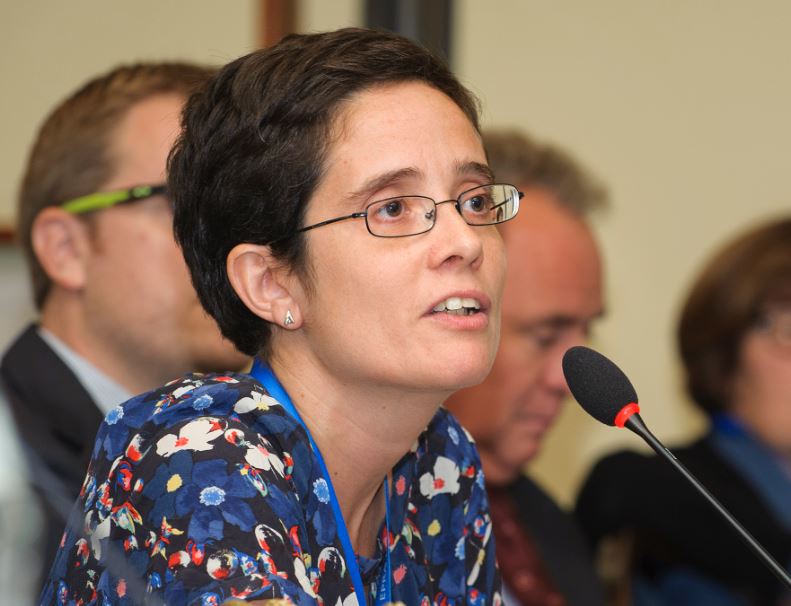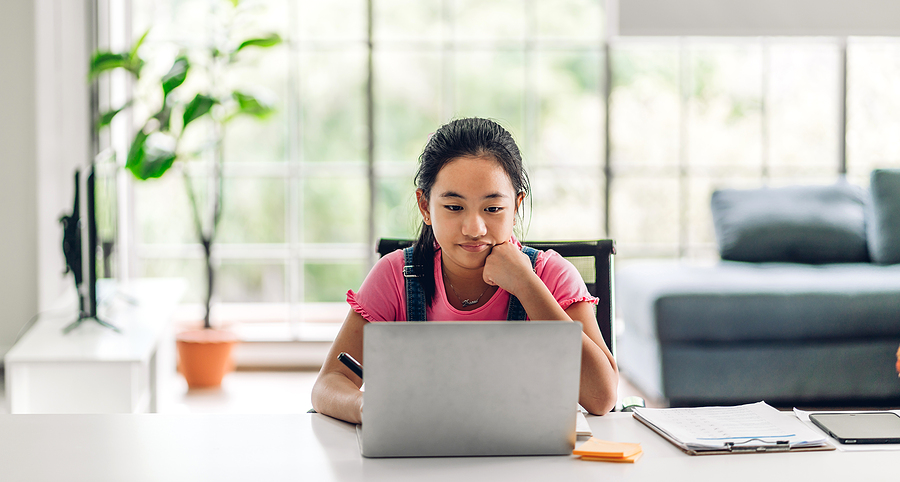As and from today, schools have a new interactive tool to assess the media literacy skills of European pupils aged 14 to 18. The EduMediaTest, which is available in 10 different languages, evaluates pupils’ abilities in 7 areas related to media education, as well as providing teaching materials to work on any shortcomings detected.
The Catalan Audiovisual Council (CAC) and Universitat Pompeu Fabra (UPF) have been responsible for developing this new tool, together with four media authorities in Europe (Croatia, Slovakia, France and Portugal) and two public bodies in the field of education (Greece and Ireland). The project has been partly financed by the European Commission’s Media Literacy for All programme, whose aims include combating disinformation and promoting a critical approach to content received via social media.
A questionnaire was produced to access pupils which is made up of 43 questions to measure students’ ability to determine the reliability of news, to detect the hidden agendas of sources, identify the existence of stereotypes and encourage a responsible attitude to copyright. Another aim is to gauge pupils’ ability to create digital messages that are understandable and responsible in terms of their online identity.
To complete the questionnaire, pupils have to analyse videos and photographs, as well as search online for information. The joint result of the class is sent by the system to the teacher concerned, identifying correct answers and any shortcomings in the following six areas: Language, Technology, Production and dissemination, Ideology, Reception and Aesthetics. Based on the results obtained, the programme proposes activities for media literacy education in the aforementioned six areas, which teachers can apply in the classroom.
Good scores in technological skills but shortcomings in critical thinking
To test the new tool, last May a pilot test was carried out with 8,699 pupils aged 14 to 18 from the seven countries involved in the project.
The European study showed that pupils are competent in technological and digital aspects but have shortcomings in the critical reading of content, as well as in detecting fake news. Pupils obtained their highest score in the section on Technology, specifically access to content, managing content and surfing the internet.
The second highest score was achieved in the section on Aesthetics, specifically the participants’ ability to relate media productions with other artistic disciplines, to detect joint influences and also aspects related to design, music and colour.
The third highest score was obtained in the section on Ideology, which explores how media representations shape each person’s perception of reality. The questions in this section focus on differentiating truth from untruth in news, as well as issues related to disinformation. The lowest scores appeared in the sections of Production and dissemination, Reception and Language.
Recommendations based on the pilot test
As recommendations, the organisations carrying out the project highlight the contradiction that schools tend to focus their media education on technological aspects when pupils are already relatively competent in this area. Specifically, they recommend focusing media education on how messages are received. Another recommendation is to expand school curricula with more subjects on the ideological basis of media actions and the impact of fake news.
As for the three areas in which pupils achieved the weakest results, it is suggested that this illustrates how students are unfamiliar with the way in which media companies and digital platforms operate. They are also unaware of how media messages are produced according to certain rules, and how messages can have an additional meaning.
In particular, regarding the results of the Production and dissemination section, the recommendation is that specific programmes should be designed and funding provided to increase pupils’ ability to create content, as well as the proposal to improve cooperation between schools and the media, so that schoolchildren can have first-hand, direct knowledge of how media messages are produced.
The highest scores were achieved by the older pupils (15 to 17), so that another recommendation is to reinforce media literacy programmes for younger age groups.


The EduMediaTest project is partly financed by the European Commission


Author
Mònica Duran Ruiz, International relations, Catalan Audiovisual Council














